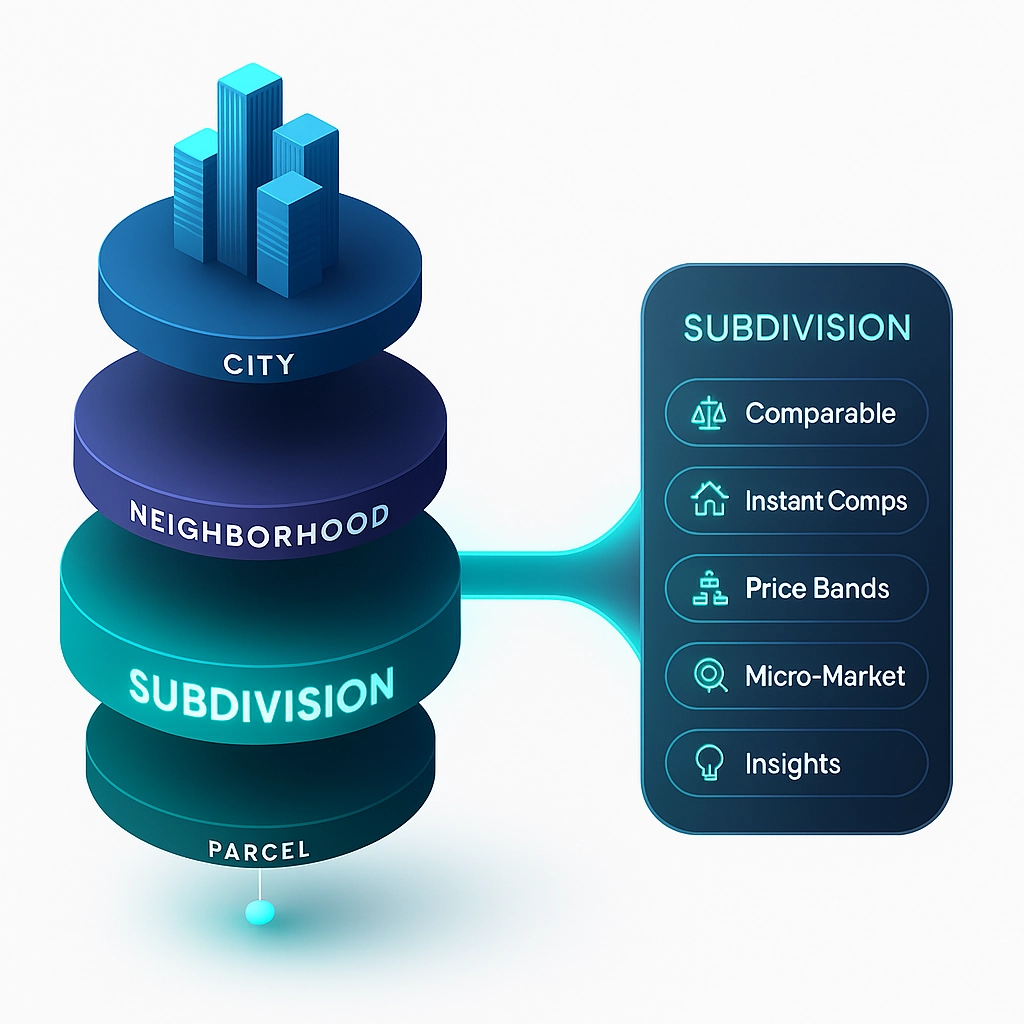Florida stands out as one of the leading states for residential communities, second only to California. This distinction is supported by several key factors and statistics that make Florida a unique and attractive place for homeowners, both current and prospective.
Extensive Presence of HOAs
Florida has a significant number of Homeowners Associations (HOAs), with 45% of all homes in the state being part of an HOA—the highest percentage in the nation. This translates to approximately 3.9 million homes out of the 8.6 million homes in Florida being governed by HOAs. These associations manage and maintain community standards, providing various benefits such as security, maintenance, and community amenities (iPropertyManagement.com) (South Florida Agent Magazine).
Benefits of Living in HOA Communities
Enhanced Property Values: Homes within HOA communities often have higher property values. On average, properties in these communities are valued about 4% higher compared to those outside of HOAs.
Community Amenities: Many HOA communities in Florida offer a range of amenities such as swimming pools, fitness centers, parks, and clubhouses, enhancing the quality of life for residents.
Maintenance and Upkeep: HOAs ensure that the community's common areas are well-maintained, which can include landscaping, road maintenance, and the upkeep of recreational facilities.
Florida's Diverse Residential Communities
Florida's residential communities range from luxury condos and gated neighborhoods to family-friendly suburban developments. The state is known for its diverse housing options, catering to various lifestyle needs and preferences.
Notable Counties for Residential Communities
Miami-Dade County: Known for its vibrant urban lifestyle, Miami-Dade offers luxury condos, beachfront properties, and upscale gated communities.
Broward County: Features a mix of urban and suburban communities with amenities tailored for families and professionals alike.
Palm Beach County: Renowned for its upscale living, golf communities, and high-end shopping and dining options.
Collier and Lee Counties: These areas attract retirees and families with their peaceful, picturesque communities and strong sense of community.
Important Considerations for Prospective Residents
For those considering relocating to Florida, understanding the role and impact of HOAs is crucial:
HOA Fees: The average monthly HOA fee in Florida is around $389, which covers the cost of maintaining community amenities and services. It's important to factor in these fees when budgeting for a home purchase (South Florida Agent Magazine).
Regulations and Compliance: HOA communities have specific rules and regulations that residents must follow. These can include guidelines on property appearance, usage of common areas, and community behavior standards (Steadily Landlord Insurance).
Community Engagement: Being part of an HOA often means participating in community meetings and decisions, which can foster a strong sense of community and belonging.
Conclusion
Florida's extensive network of residential communities, governed by numerous HOAs, offers a structured and appealing living environment for a diverse population. Whether you're a homebuyer looking for a new place or a homeowner considering an upgrade, Florida's residential communities provide a variety of options to suit different needs and lifestyles.
For more information on specific communities and to start your home search, visit Subdivisions.com.





Comments